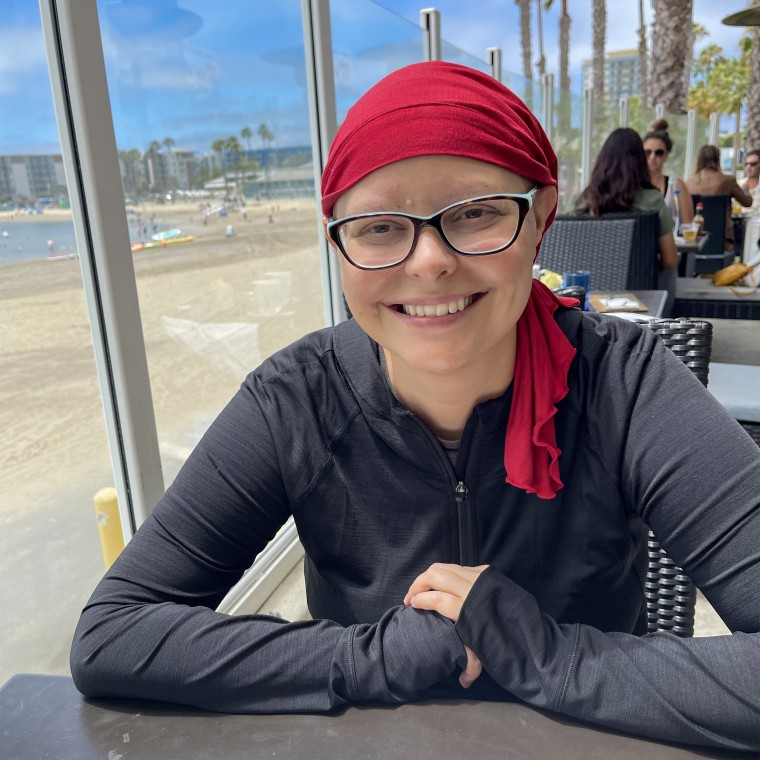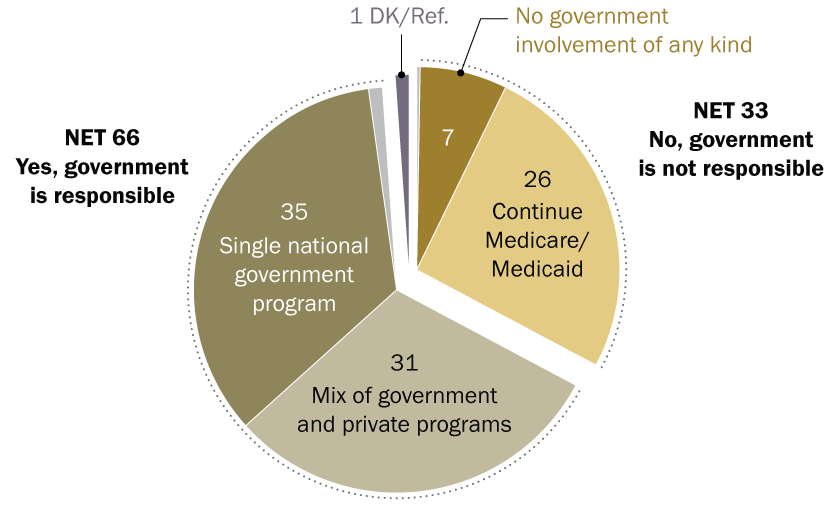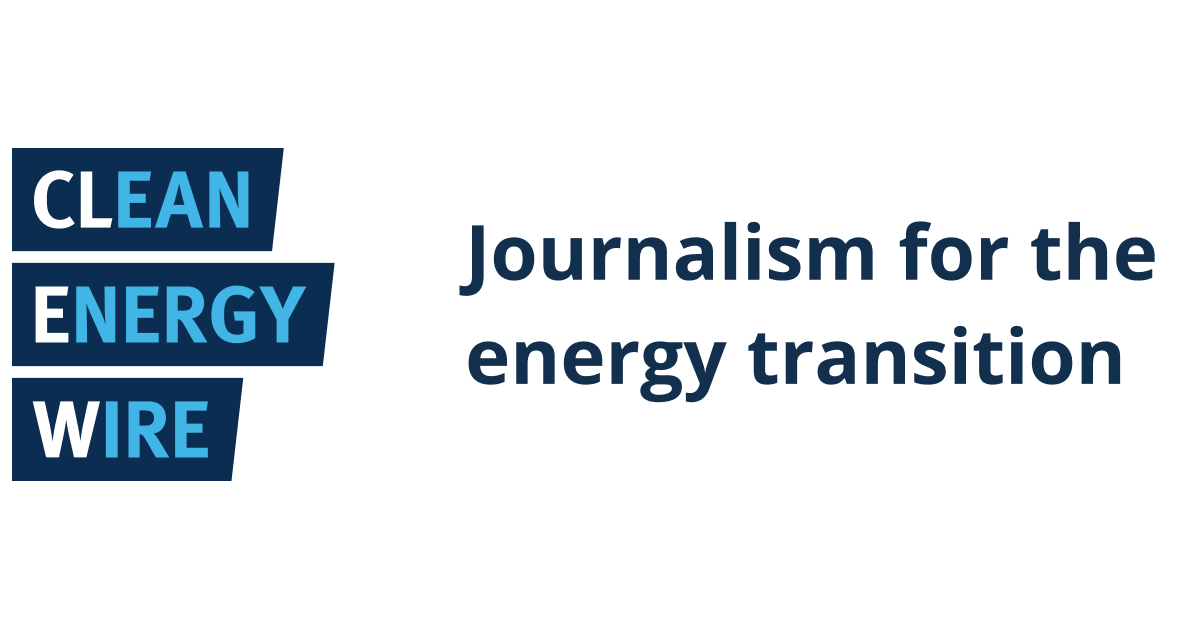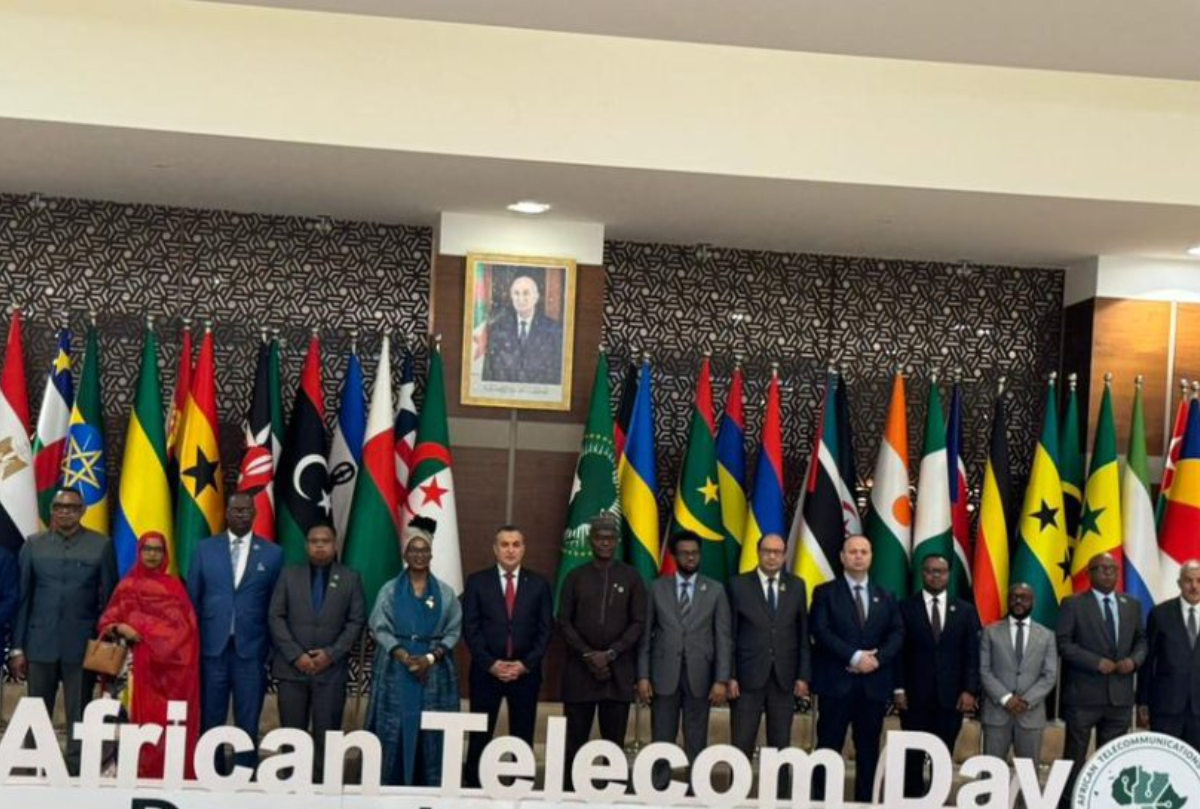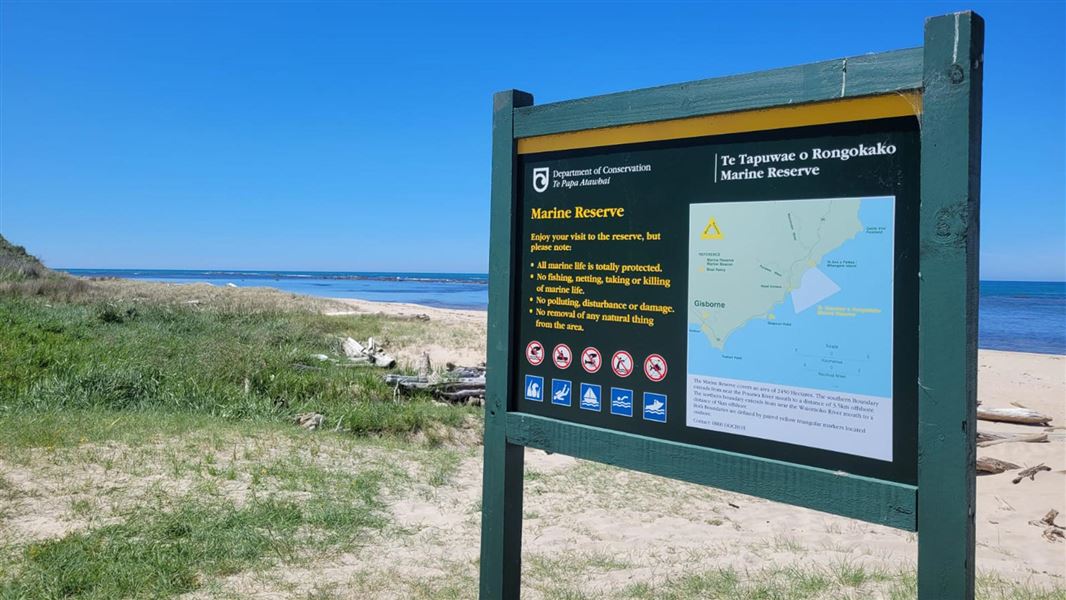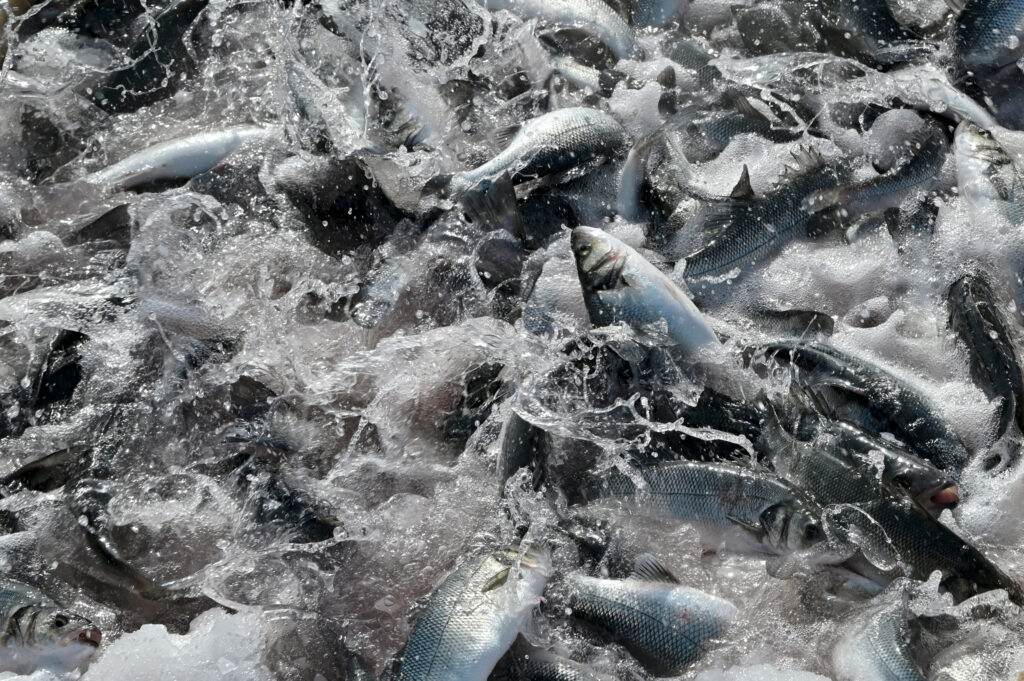We tracked illegal fishing in marine protected areas – satellites and AI show most bans are respected, and could help enforce future ones – Space

Report on the Efficacy of Marine Protected Areas in Achieving Sustainable Development Goal 14
Introduction: Assessing Marine Conservation Efforts Against Global Targets
Marine Protected Areas (MPAs) are a critical instrument for achieving the United Nations Sustainable Development Goal 14 (Life Below Water), which aims to conserve and sustainably use the oceans, seas, and marine resources. Despite covering over 8% of the world’s oceans, the effectiveness of these areas is often questioned, with concerns that many are merely “paper parks” offering little real protection. This report evaluates the performance of MPAs, particularly in the context of SDG Target 14.5 (conserve at least 10% of marine areas) and the more ambitious “30 by 30” initiative. It leverages new technological advancements to assess the extent of illegal, unreported, and unregulated (IUU) fishing, a primary obstacle to fulfilling SDG Target 14.4.
The Threat of Industrial Fishing to Marine Ecosystems and Sustainable Development
Impact on SDG 14: Life Below Water
Industrial fishing poses a significant threat to marine biodiversity and the sustainability of global fish stocks. The global fleet extracts approximately 100 million metric tons of seafood annually, contributing to a situation where over one-third of commercial fish species are overfished. This directly undermines SDG Target 14.4, which calls for an end to overfishing. Well-enforced MPAs are designed to counteract this by protecting critical habitats, allowing fish populations to recover, and enhancing biodiversity, thereby contributing to the objectives of SDG Target 14.2 (protect and restore ecosystems).
The Challenge of Inadequate Protection and IUU Fishing
A significant discrepancy exists between designated and effectively protected marine areas. While governments report over 8% of the ocean as protected, only about 3% is covered by a full ban on industrial fishing. Many MPAs permit destructive practices like bottom trawling, failing to meet the conservation standards required by SDG 14. This gap is exploited by poachers and “dark fleets,” which disable tracking systems to conduct illicit activities. Such actions represent a major challenge not only to SDG 14 but also to SDG 16 (Peace, Justice, and Strong Institutions) by undermining the rule of law at sea.
Technological Innovation for Monitoring and Enforcement (SDG 9 & SDG 17)
Limitations of Traditional Monitoring
Historically, monitoring of fishing activity has relied heavily on the Automatic Identification System (AIS). While useful, AIS has significant blind spots, as vessels engaged in illegal activities can disable their transponders to avoid detection. This limitation has made it difficult to accurately assess compliance within MPAs.
Leveraging Satellite Technology and Artificial Intelligence
Recent advancements in satellite technology, specifically Synthetic Aperture Radar (SAR), offer a solution. SAR can detect large vessels regardless of whether their AIS is active. By combining SAR data with AIS tracking and artificial intelligence, a far more comprehensive picture of maritime activity emerges. This fusion of technologies represents a key application of SDG 9 (Industry, Innovation, and Infrastructure) and highlights the importance of SDG 17 (Partnerships for the Goals), as it relies on collaboration between research institutions, technology providers, and governments to create transparent monitoring systems like the Global Fishing Watch platform.
Key Findings from a New Global Analysis
Evidence from Two Landmark Studies
Two recent studies provide a comprehensive assessment of fishing activity within MPAs using this combined technological approach. The first study focused exclusively on nearly 1,400 MPAs where industrial fishing is explicitly banned by law. The results demonstrate a high level of compliance and effectiveness in achieving conservation goals.
- The vast majority of these fully protected areas showed little to no evidence of industrial fishing.
- On average, vessel density was approximately eight times lower inside these MPAs compared to unprotected coastal waters.
- An estimated 96% of the protected areas experienced less than one day per year of apparent illegal fishing activity.
The second study examined a broader range of MPAs, including those that permit some forms of fishing. It found substantial industrial fishing activity within these weakly regulated areas, reinforcing the conclusion that the level of protection is paramount.
Implications for Achieving SDG 14 Targets
The combined findings lead to a clear conclusion: MPAs with strong regulations and explicit bans on industrial fishing are largely respected and effective. They are vital tools for meeting the targets of SDG 14, particularly 14.2, 14.4, and 14.5. In contrast, MPAs with weak regulations fail to curb industrial fishing and contribute little to marine conservation objectives.
Conclusion and Recommendations for Achieving Global Goals
A Pathway to Effective Ocean Conservation
These findings provide a reason for optimism regarding the global “30 by 30” conservation pledge. They confirm that when MPAs are properly implemented with full prohibitions on industrial fishing, they succeed. The focus of international policy must therefore shift from simply designating areas to ensuring they are endowed with robust, enforceable regulations.
The Role of Technology in Governance and Accountability
Advanced vessel tracking technologies are transforming marine law enforcement. They significantly lower the cost of monitoring vast ocean areas, enabling agencies to target patrols effectively and creating a powerful deterrent effect, as seen in Costa Rica’s Cocos Island National Park and the Galapagos Islands. This supports the development of strong institutions as outlined in SDG 16. Furthermore, these technologies can be applied to monitor other marine activities, such as oil spills and deep-sea mining, thereby promoting corporate accountability and advancing SDG 12 (Responsible Consumption and Production).
Recommendations
- To effectively meet SDG 14 targets, nations must prioritize the establishment of fully protected MPAs with explicit, legally binding bans on industrial fishing.
- Governments and conservation bodies should scale up the adoption of integrated satellite monitoring technologies (AIS and SAR) to ensure cost-effective and comprehensive enforcement, in line with SDG 9 and SDG 16.
- International partnerships, as envisioned in SDG 17, must be strengthened to facilitate data sharing and coordinate enforcement actions against IUU fishing across national boundaries.
Analysis of Sustainable Development Goals in the Article
1. Which SDGs are addressed or connected to the issues highlighted in the article?
- SDG 14: Life Below Water: This is the primary goal addressed, as the article focuses entirely on the conservation of marine ecosystems, the effectiveness of Marine Protected Areas (MPAs), and the threats of overfishing and illegal fishing.
- SDG 16: Peace, Justice and Strong Institutions: The article discusses illegal fishing as a criminal activity and highlights the importance of law enforcement, monitoring, and effective governance to ensure MPAs are respected.
- SDG 17: Partnerships for the Goals: The article emphasizes the role of technology, data sharing, and collaboration between researchers, governments, and organizations to monitor and protect the oceans.
2. What specific targets under those SDGs can be identified based on the article’s content?
-
SDG 14: Life Below Water
-
Target 14.2: By 2020, sustainably manage and protect marine and coastal ecosystems to avoid significant adverse impacts, including by strengthening their resilience, and take action for their restoration in order to achieve healthy and productive oceans.
Explanation: The article’s central theme is the protection of marine habitats through MPAs. It mentions that “well designed and enforced, marine protected areas can help to restore fish populations and marine habitats.” It also discusses threats like “bottom trawling, one of the most destructive fishing practices.” -
Target 14.4: By 2020, effectively regulate harvesting and end overfishing, illegal, unreported and unregulated (IUU) fishing and destructive fishing practices and implement science-based management plans, in order to restore fish stocks in the shortest time feasible.
Explanation: The article directly addresses this target by discussing the problem of overfishing (“more than one-third of commercial fish species are overfished”) and the challenge of illegal fishing, including vessels that “‘go dark’ by turning off their tracking devices.” -
Target 14.5: By 2020, conserve at least 10 per cent of coastal and marine areas, consistent with national and international law and based on the best available scientific information.
Explanation: The article explicitly tracks progress related to this target, noting that MPAs “cover more than 8% of the world’s oceans today.” It also mentions the more ambitious, updated international goal where “Nearly every country has pledged to protect 30% of the ocean by 2030.”
-
Target 14.2: By 2020, sustainably manage and protect marine and coastal ecosystems to avoid significant adverse impacts, including by strengthening their resilience, and take action for their restoration in order to achieve healthy and productive oceans.
-
SDG 16: Peace, Justice and Strong Institutions
-
Target 16.4: By 2030, significantly reduce illicit financial and arms flows, strengthen the recovery and return of stolen assets and combat all forms of organized crime.
Explanation: The article frames illegal fishing as a crime, referencing “high-profile violations” and “poaching.” The case of the Chinese vessel caught with “6,000 dead sharks” and the crew facing “heavy fines and prison time” exemplifies efforts to combat this form of organized environmental crime. -
Target 16.6: Develop effective, accountable and transparent institutions at all levels.
Explanation: The article discusses the effectiveness of institutions responsible for managing MPAs. It contrasts weakly regulated MPAs with those where “industrial fishing is fully banned,” which are “largely succeeding at preventing poaching.” The use of technology for monitoring enhances accountability and transparency.
-
Target 16.4: By 2030, significantly reduce illicit financial and arms flows, strengthen the recovery and return of stolen assets and combat all forms of organized crime.
-
SDG 17: Partnerships for the Goals
-
Target 17.6: Enhance North-South, South-South and triangular regional and international cooperation on and access to science, technology and innovation.
Explanation: The article is built around “technological advances in vessel tracking,” such as “satellite technology,” “Synthetic aperture radar,” and “artificial intelligence.” These technologies are presented as key tools for global cooperation in marine conservation. -
Target 17.17: Encourage and promote effective public, public-private and civil society partnerships, building on the experience and resourcing strategies of partnerships.
Explanation: The article mentions the “Global Fishing Watch map, which makes vessel tracking data freely available to the public.” This is a prime example of a multi-stakeholder partnership involving researchers, tech organizations, and the public to achieve conservation goals.
-
Target 17.6: Enhance North-South, South-South and triangular regional and international cooperation on and access to science, technology and innovation.
3. Are there any indicators mentioned or implied in the article that can be used to measure progress towards the identified targets?
-
For Target 14.5 (Conserve marine areas):
- Indicator 14.5.1 (Coverage of protected areas): The article provides specific figures: “Marine protected areas cover more than 8% of the world’s oceans today,” and “only about 3% is actually covered by industrial fishing bans.” This directly measures the extent of protected areas.
-
For Target 14.4 (End overfishing and IUU fishing):
- Indicator 14.4.1 (Proportion of fish stocks within biologically sustainable levels): The article states that “more than one-third of commercial fish species are overfished,” providing a direct measure of this indicator.
- Implied indicators for IUU fishing: The study mentioned in the article uses specific metrics to quantify illegal fishing activity, such as detecting “about five fishing vessels per 100,000 square kilometers on average in these areas, compared to 42 on average in unprotected coastal areas” and finding that “96% [of MPAs] had less than one day per year of alleged illegal fishing effort.”
-
For Target 14.2 (Protect marine ecosystems):
- Implied indicator (Level of protection): The article implies that the type of regulation is a key indicator of protection quality. It differentiates between MPAs that allow destructive practices like “bottom trawling” and the “gold standard” MPAs that “ban industrial fishing.”
-
For Target 17.6 (Access to technology):
- Implied indicator (Adoption of monitoring technologies): The article’s focus on “Synthetic aperture radar” and “artificial intelligence” to track the “‘dark fleet'” implies that the development and deployment of these technologies are indicators of progress. The article notes that in a study, “about 75% of instances fishing vessels detected by synthetic aperture radar were not being tracked by AIS,” showing the technology’s impact.
4. Table of SDGs, Targets, and Indicators
| SDGs | Targets | Indicators Identified in the Article |
|---|---|---|
| SDG 14: Life Below Water | 14.5: Conserve at least 10% of coastal and marine areas. | Percentage of ocean covered by Marine Protected Areas (currently over 8%); Percentage of ocean covered by industrial fishing bans (currently about 3%); International pledge to protect 30% by 2030. |
| 14.4: End overfishing and illegal, unreported, and unregulated (IUU) fishing. | Proportion of fish stocks overfished (more than one-third); Number of fishing vessels detected per 100,000 km² in protected vs. unprotected areas; Days per year of alleged illegal fishing effort in MPAs. | |
| 14.2: Sustainably manage and protect marine and coastal ecosystems. | Presence of bans on industrial fishing and destructive practices (e.g., bottom trawling) within MPAs. | |
| SDG 16: Peace, Justice and Strong Institutions | 16.4: Combat all forms of organized crime. | Incidents of poaching and illegal fishing detected (e.g., vessel with 6,000 dead sharks); Enforcement actions taken (fines and prison time). |
| 16.6: Develop effective, accountable and transparent institutions. | Effectiveness of MPAs based on the strength of their regulations (weak vs. fully banned fishing); Use of monitoring technology to improve enforcement and accountability. | |
| SDG 17: Partnerships for the Goals | 17.6: Enhance access to science, technology and innovation. | Use of advanced technologies like satellite tracking, Synthetic Aperture Radar (SAR), and Artificial Intelligence (AI) for monitoring. |
| 17.17: Encourage effective public, public-private and civil society partnerships. | Existence and use of public data-sharing platforms like the Global Fishing Watch map. |
Source: space.com

What is Your Reaction?
 Like
0
Like
0
 Dislike
0
Dislike
0
 Love
0
Love
0
 Funny
0
Funny
0
 Angry
0
Angry
0
 Sad
0
Sad
0
 Wow
0
Wow
0


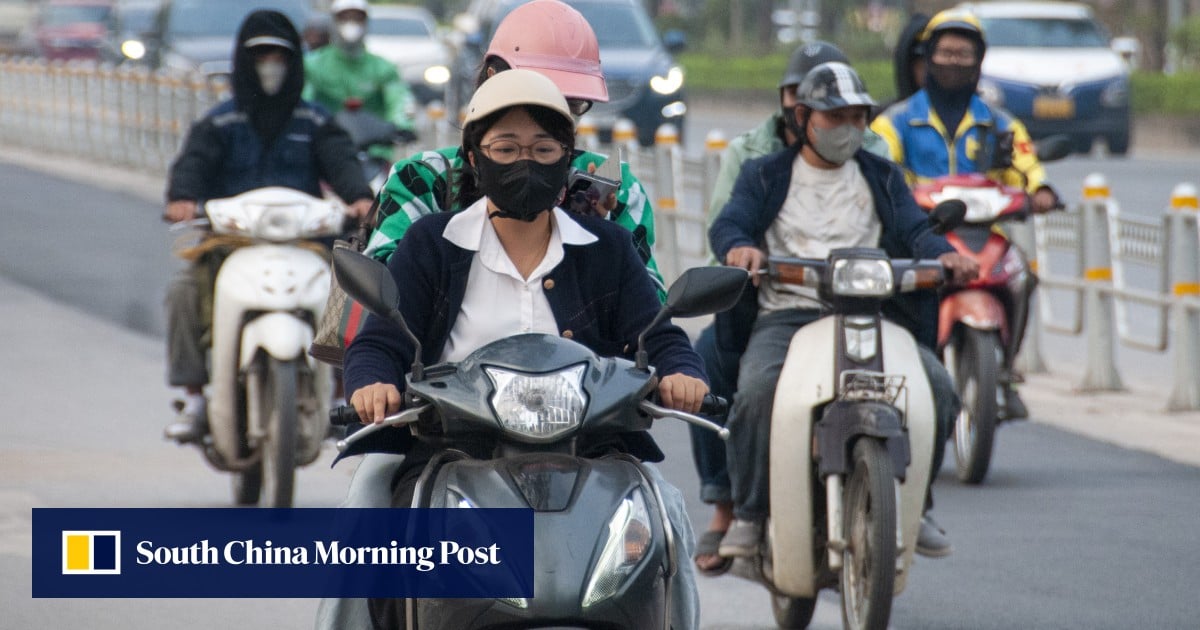





















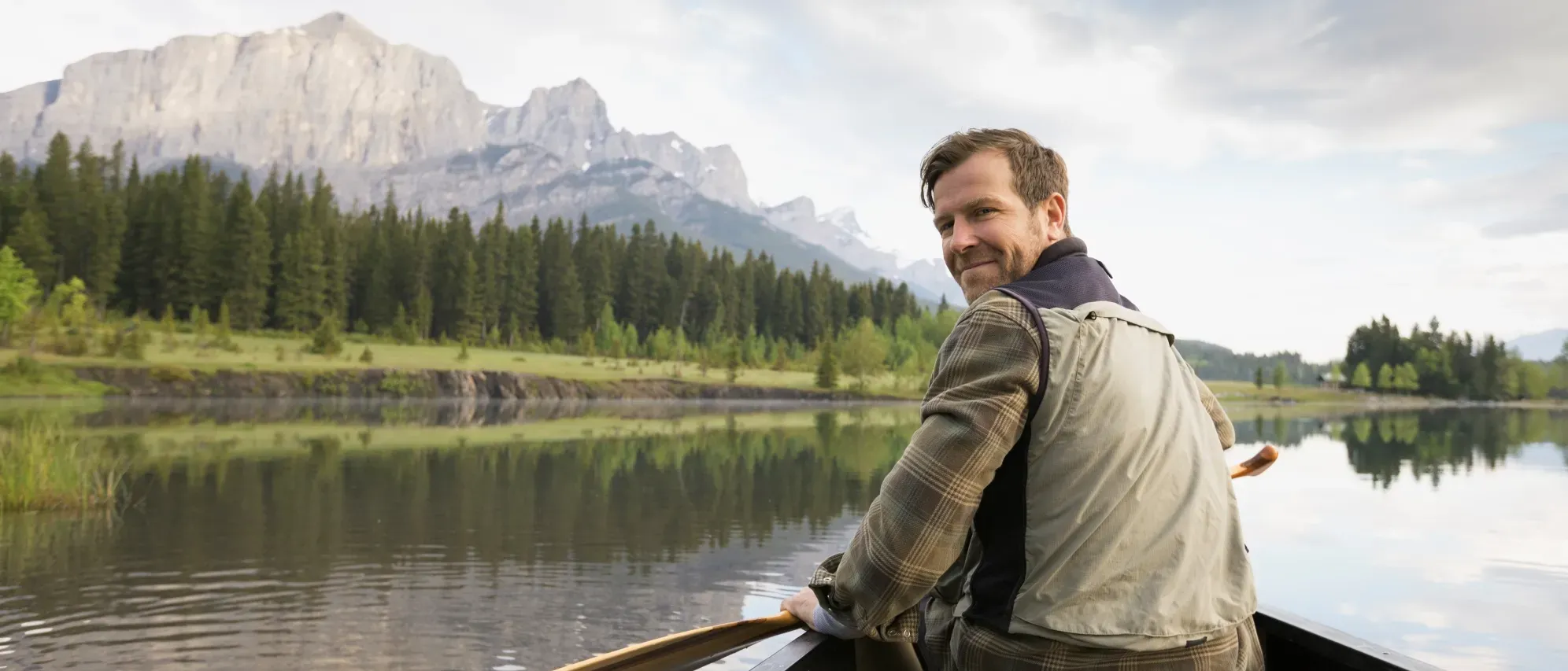
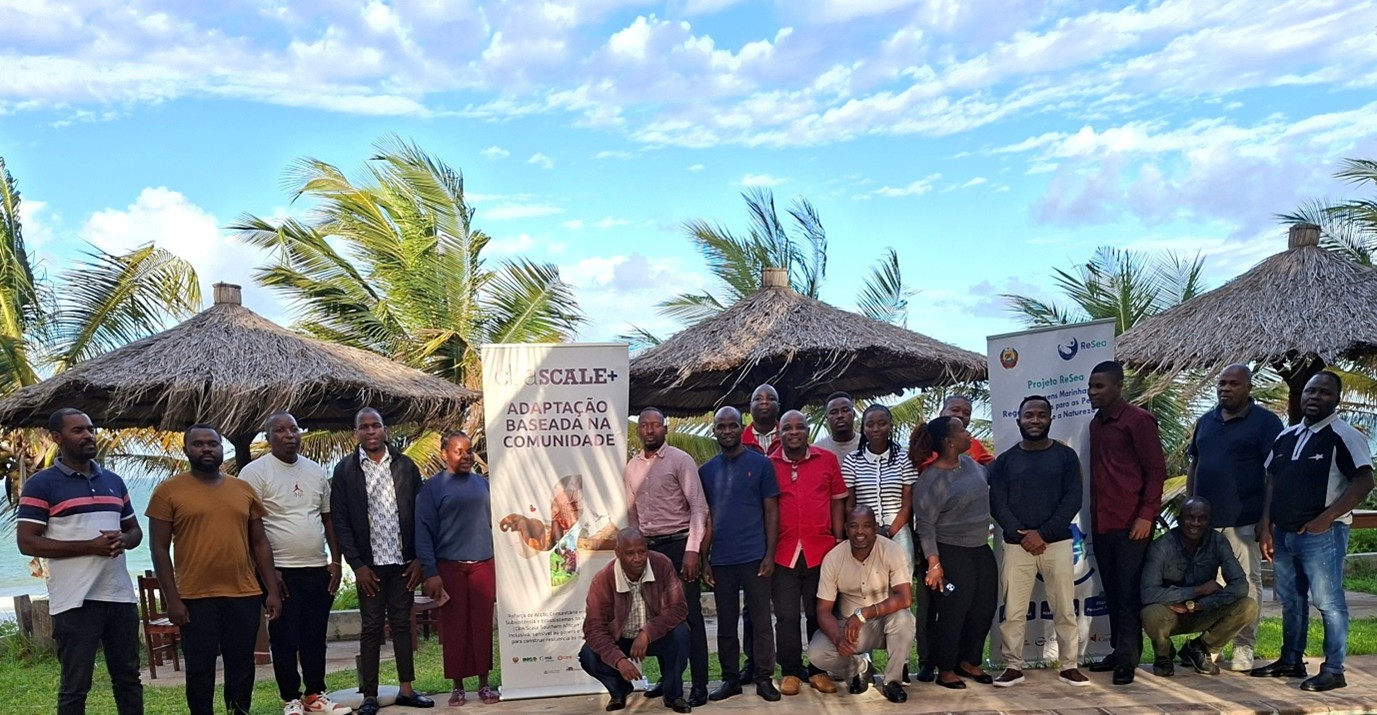









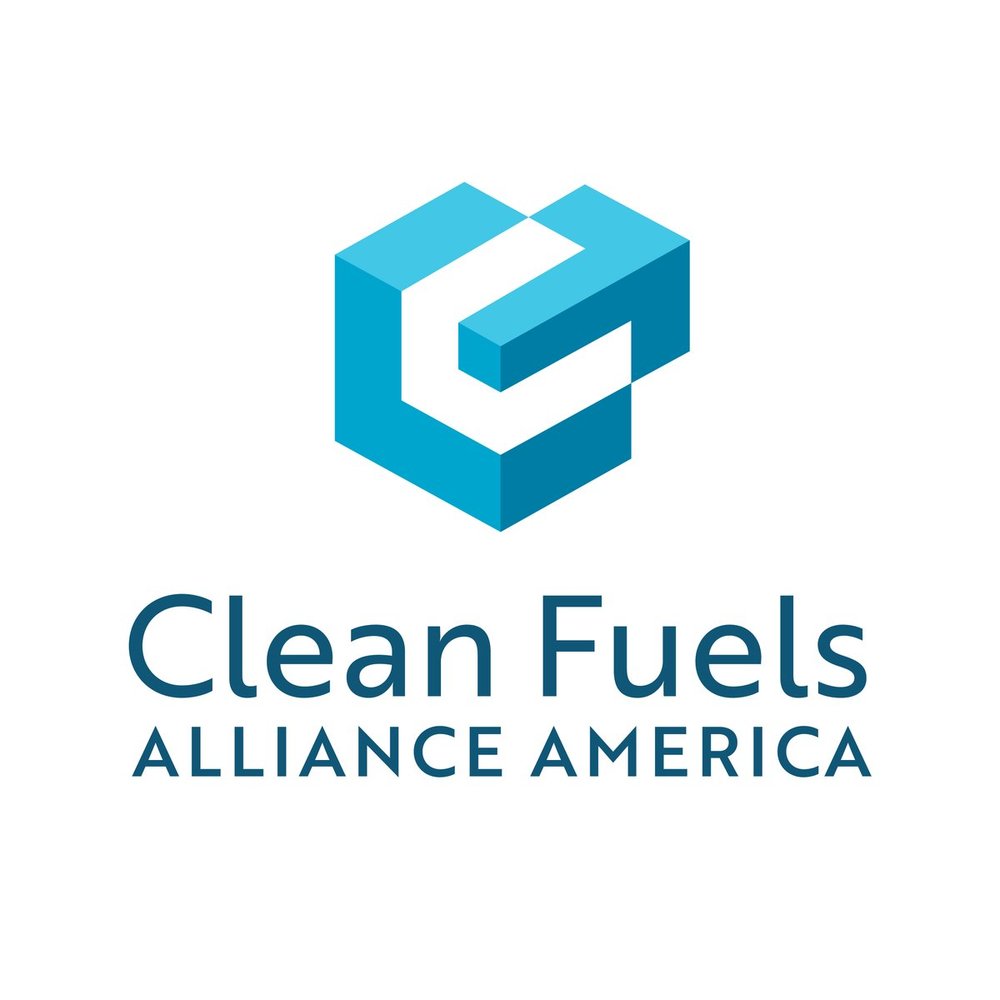
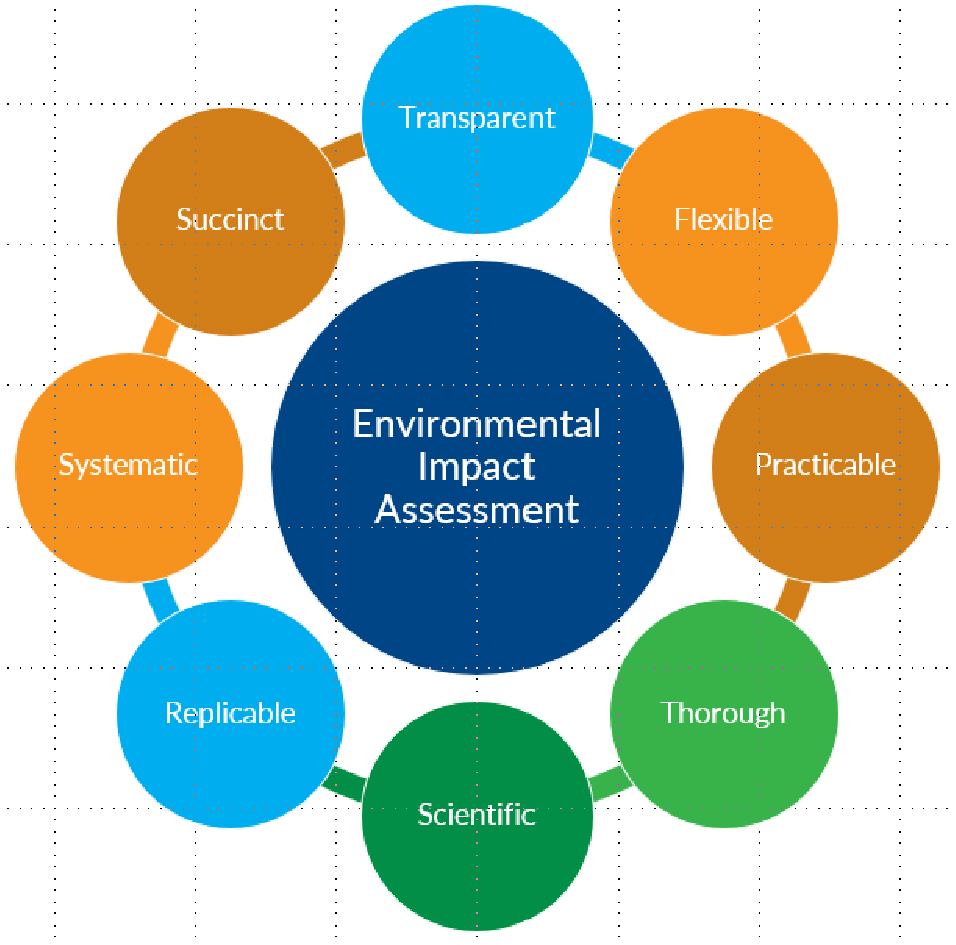


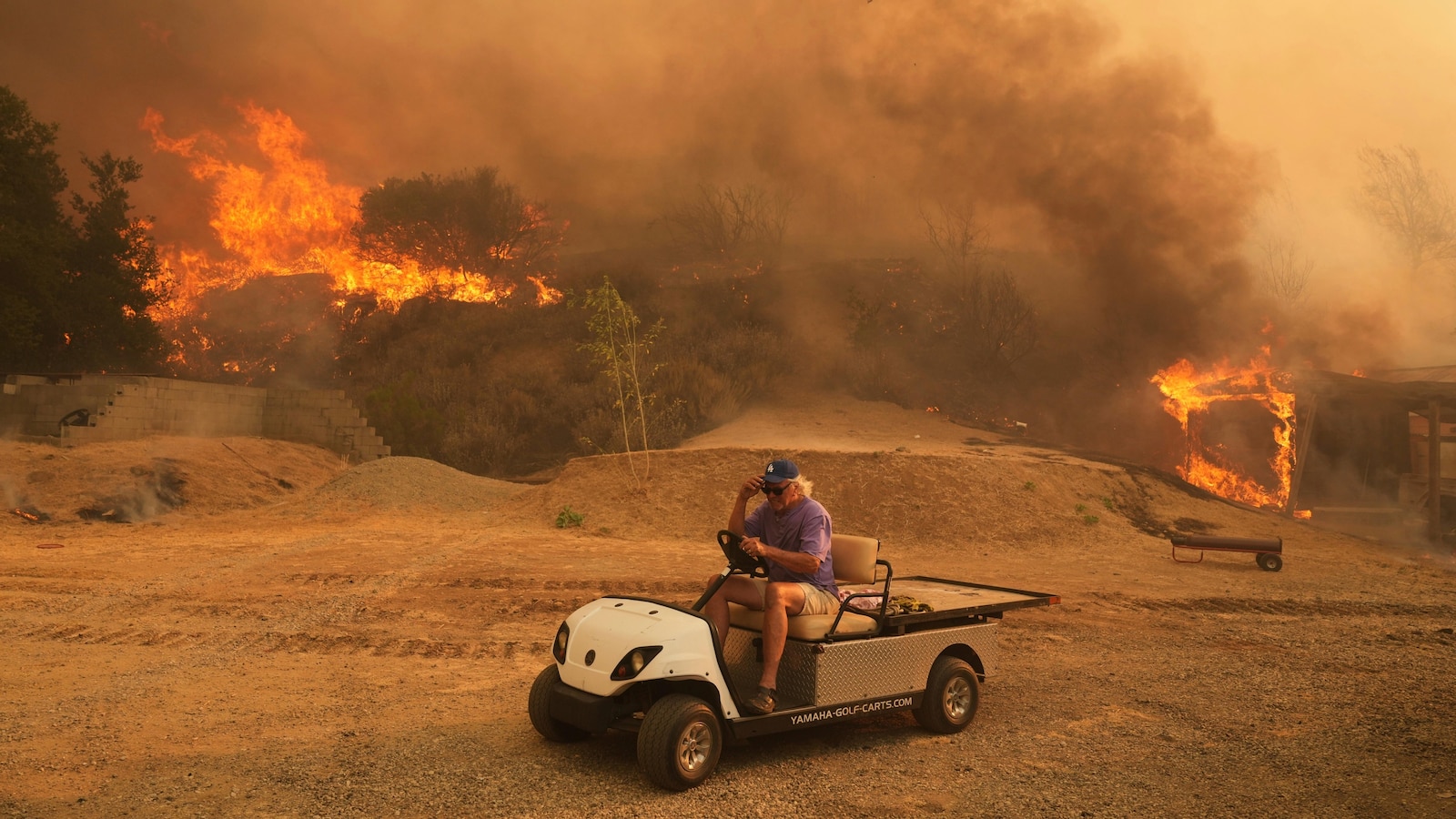


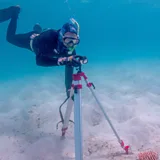
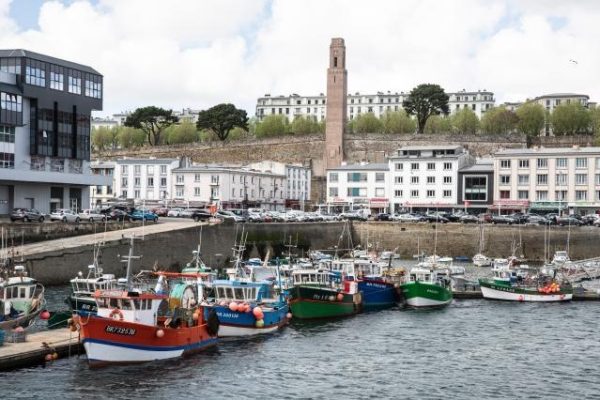
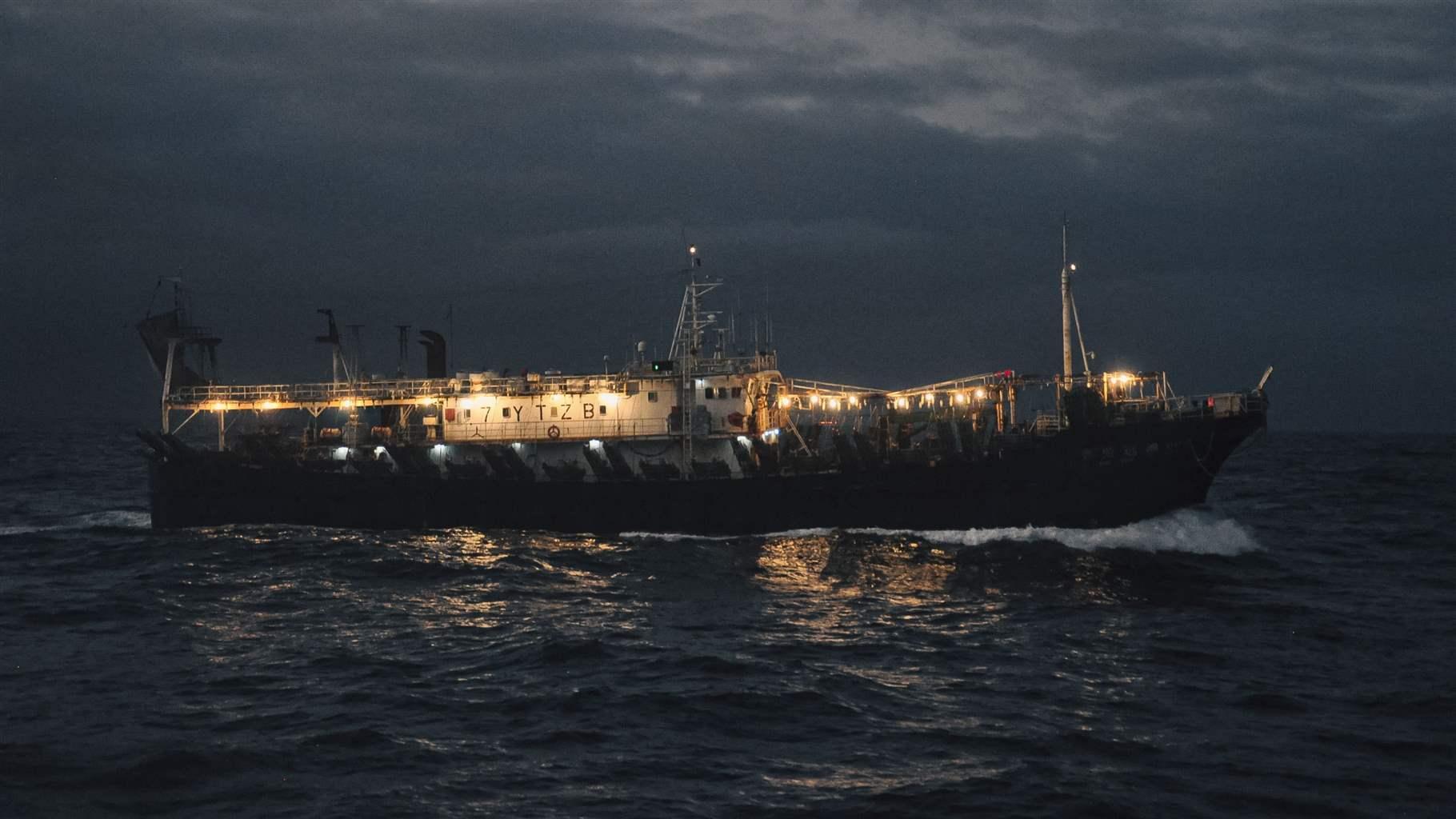



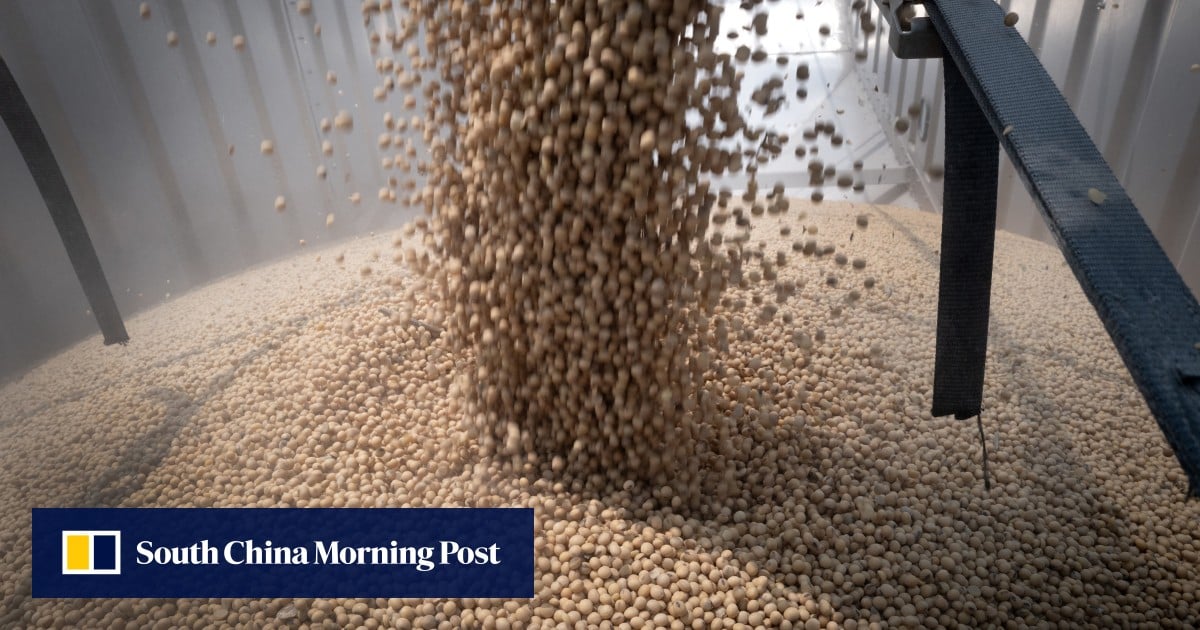
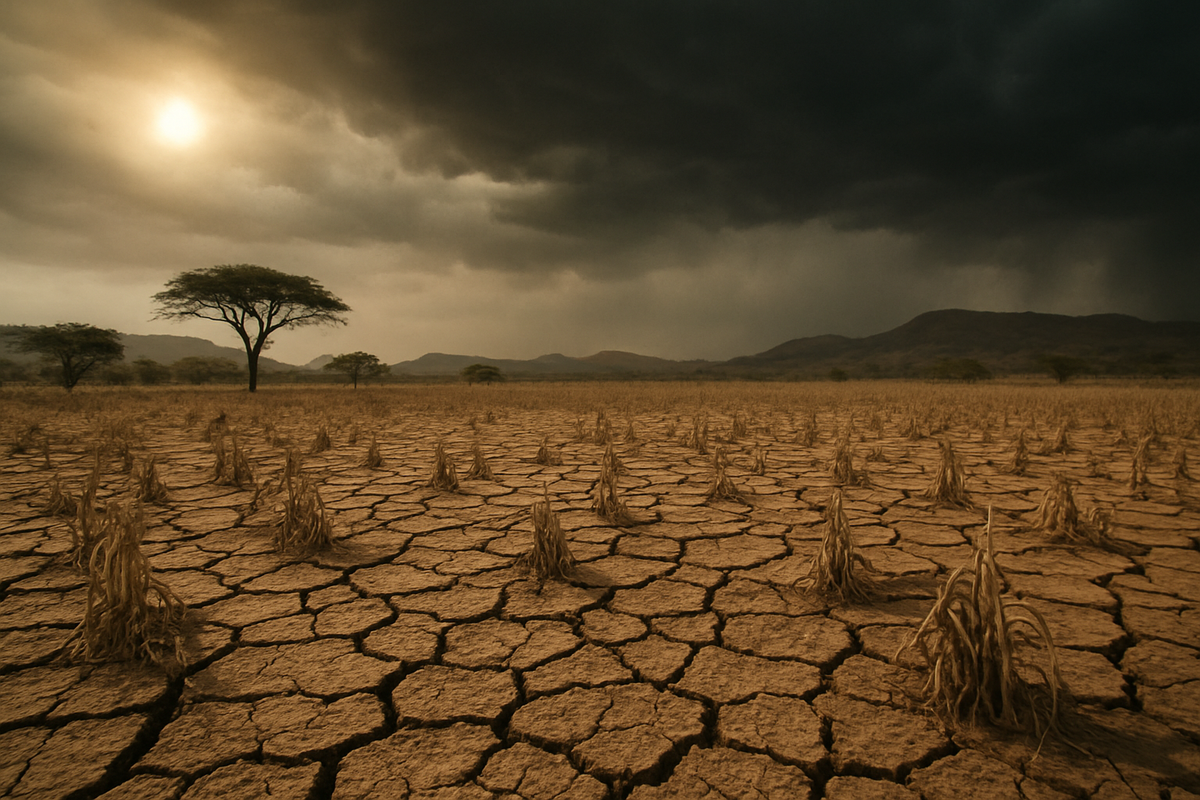
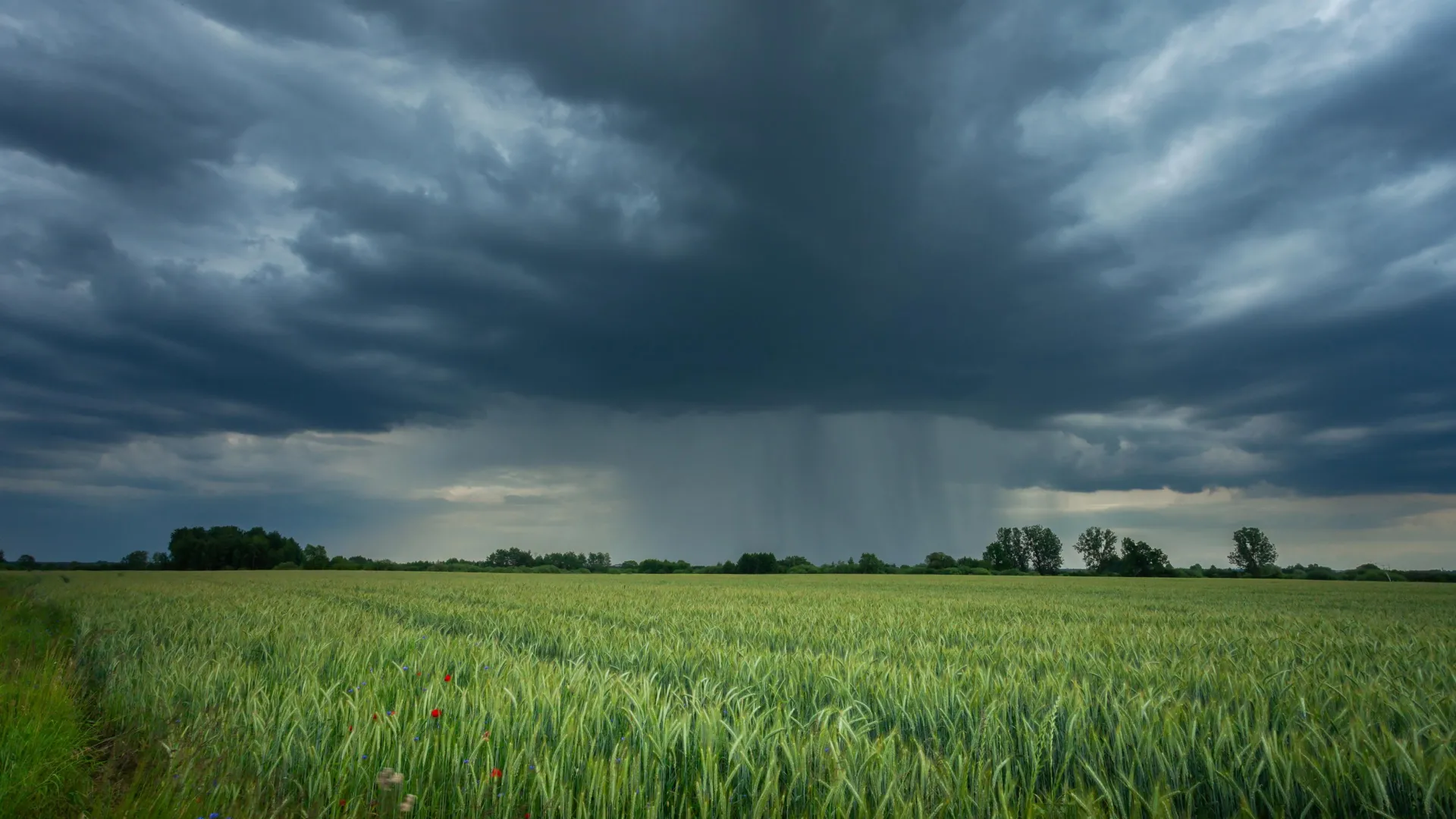

.jpg.webp?itok=0ZsAnae9#)


